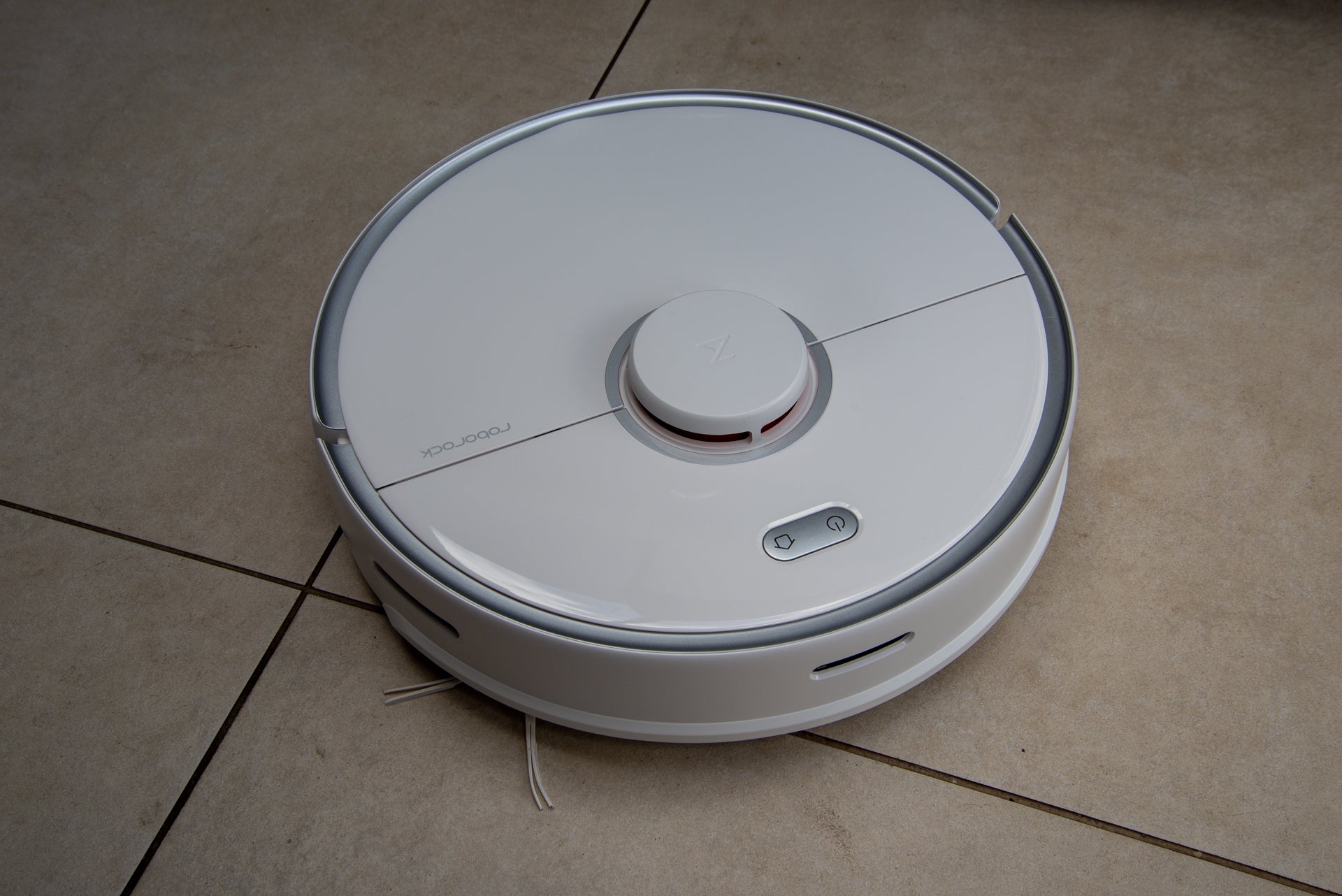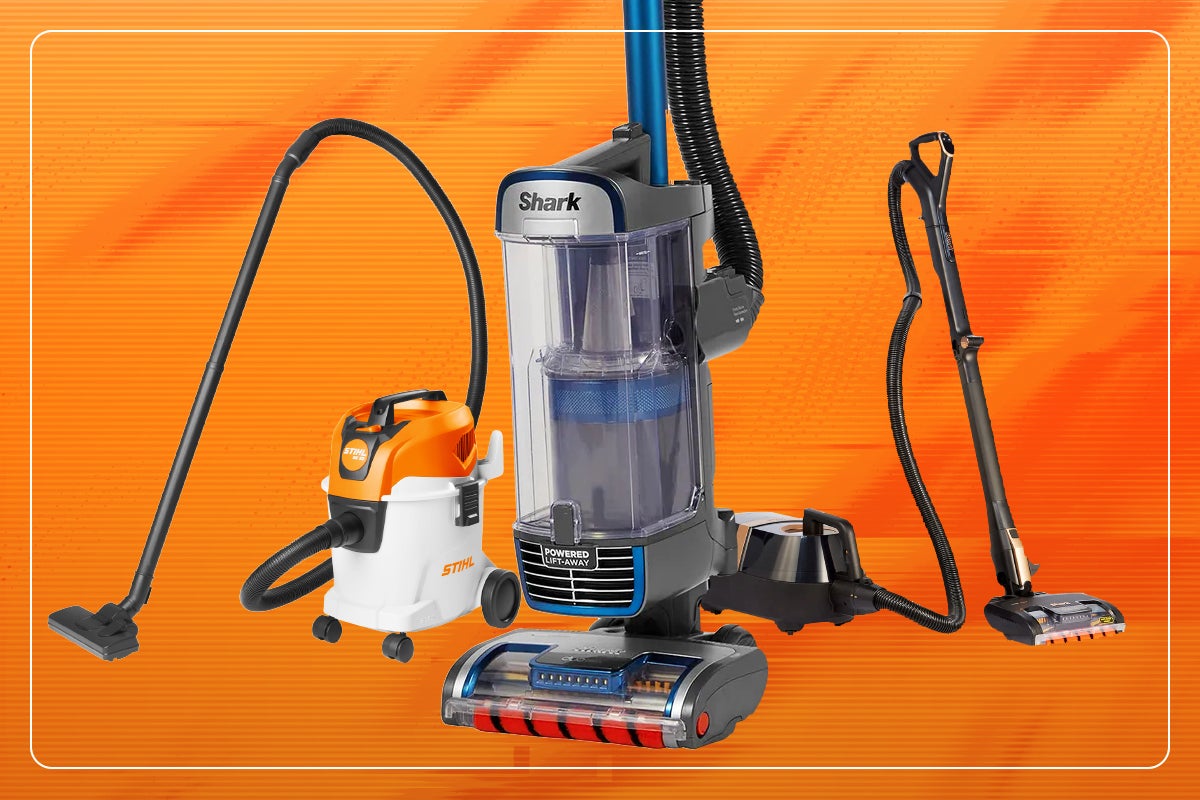Ultenic T10 Review
A robot vacuum cleaner with mopping skills
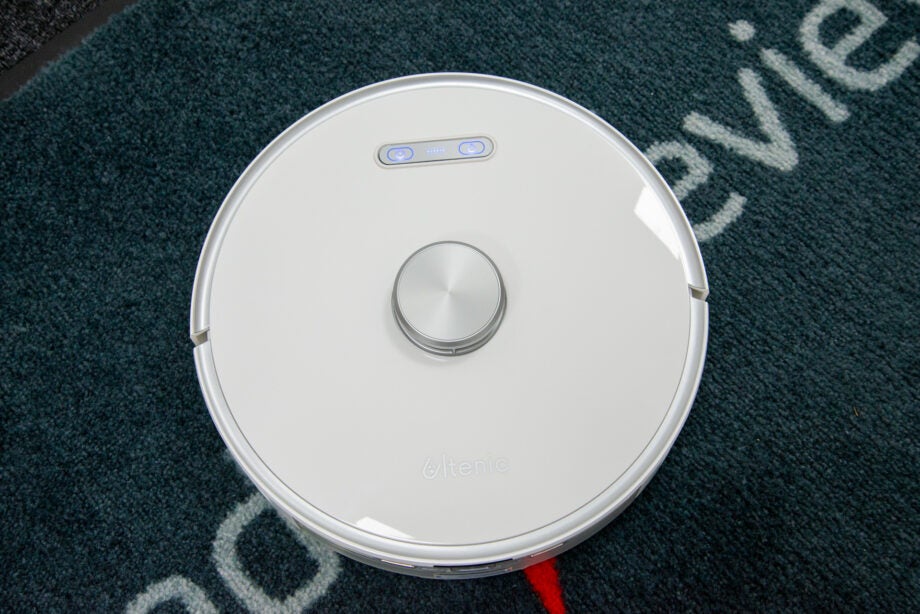
Verdict
For the price, the Ultenic T10 offers a lot: laser navigation, mopping and self-emptying. Its app is good, too, with fine map control. Cleaning is quite basic, and I’ve seen cheaper robot vacuum cleaners deal with the same level of mess better, and there are similarly-priced robots with better mopping options, too.
Pros
- Good value
- Useful app
- Laser navigation
Cons
- Struggled on carpet
- Basic mopping
Availability
- UKRRP: £599.99
Key Features
- TypeThis is a robot vacuum cleaner with an integrated mop.
- Battery lifeUp to 200 minutes on a single charge, although that’s on the lowest power setting. In general, there’s enough power to clean an entire floor in a regular house.
- MoppingVariable water control and a microfibre cloth let this robot mop lighter spills.
Introduction
Self-emptying, laser navigation and mopping: a few years ago, these would have been all the hallmarks of a high-end robot vacuum cleaner.
Today, the Ultenic T10 delivers all of that in a far more wallet-friendly package. It’s a neat overall vacuum cleaner, but it has a few inconsistencies and needs a couple of passes to pick up the biggest spills.
Design and features
- Self-emptying dock
- Mopping bracket
- Laser mapping
As a self-emptying robot, the Ultenic T10 has a tall dock no wider than a charge-only one. That’s quite handy, as this robot won’t take up any more floor space than a regular robot vacuum cleaner.
As with most self-empty stations, this one takes disposable bags in the top compartment. Each 4.3-litre bag should last for two to three months, with replacements costing around £15 for a pack of five.
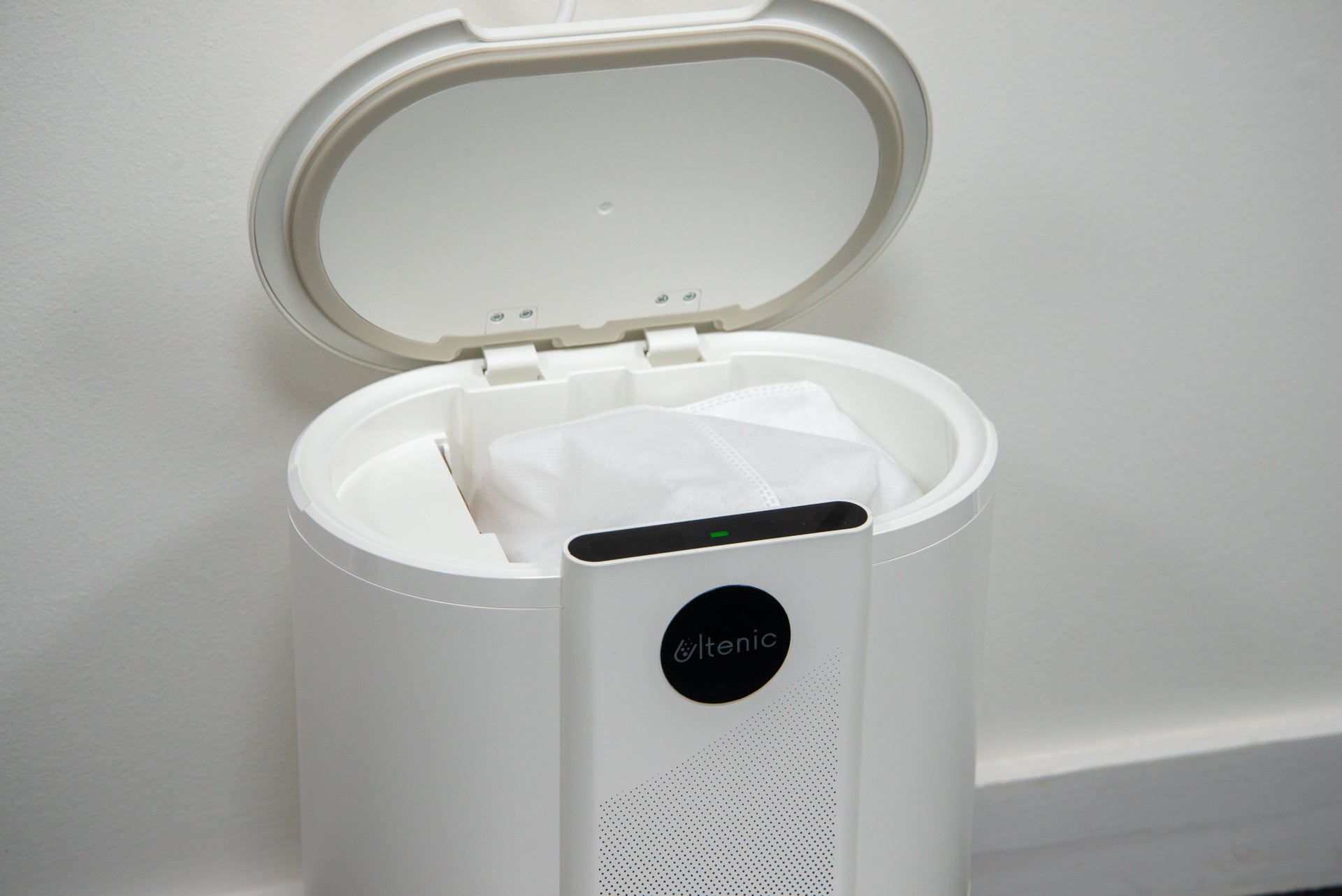
What’s slightly unusual about the dock is that it doesn’t have a floor protector at the front of it, so the robot stands on the floor. That could be an issue if the robot docks with a wet mopping pad, as it can leave a mark.
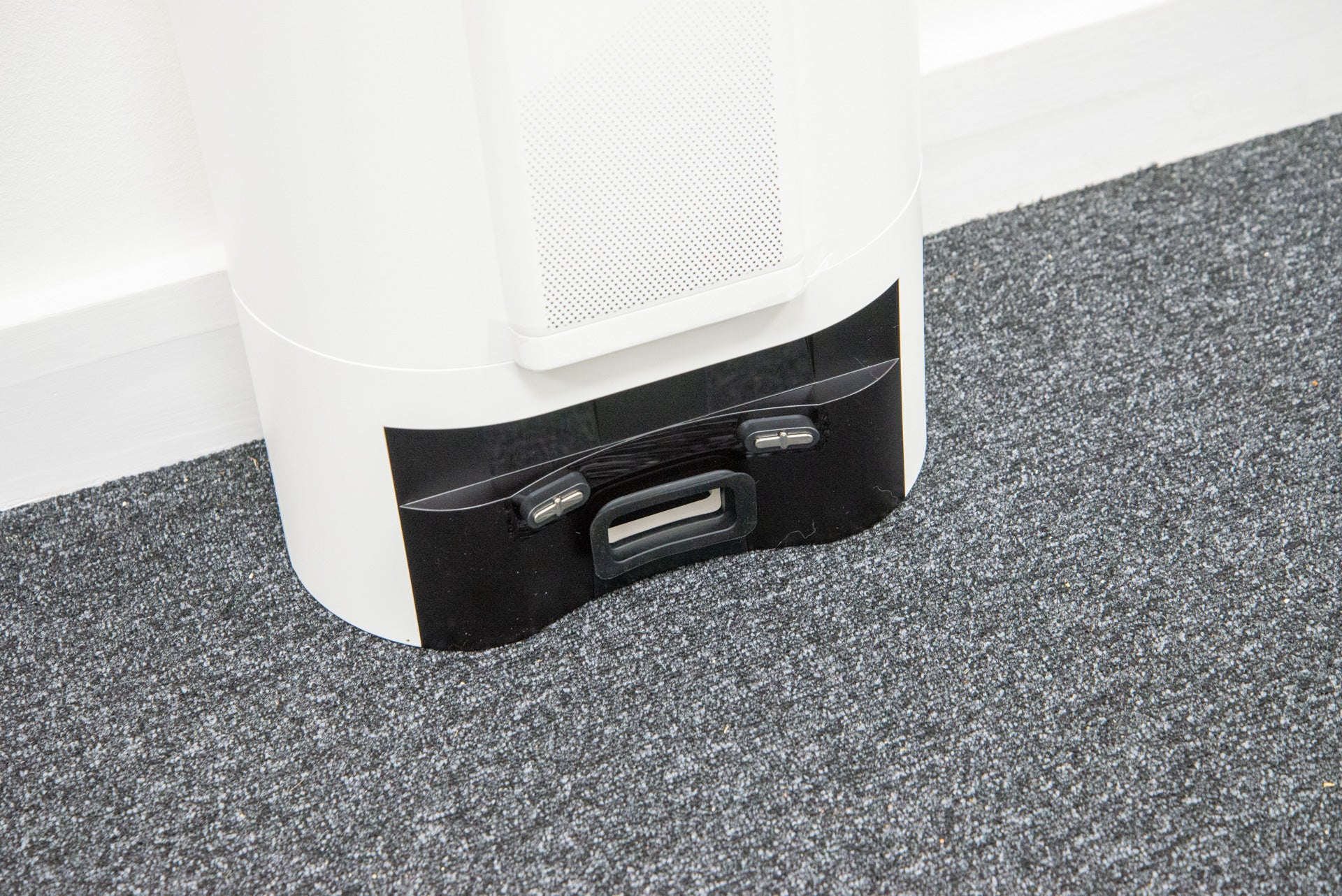
Otherwise, the Ultenic T10 is largely business as usual for a robot vacuum cleaner. This round cleaner has the LiDAR scanner on top, which lets the robot map accurately and fast.
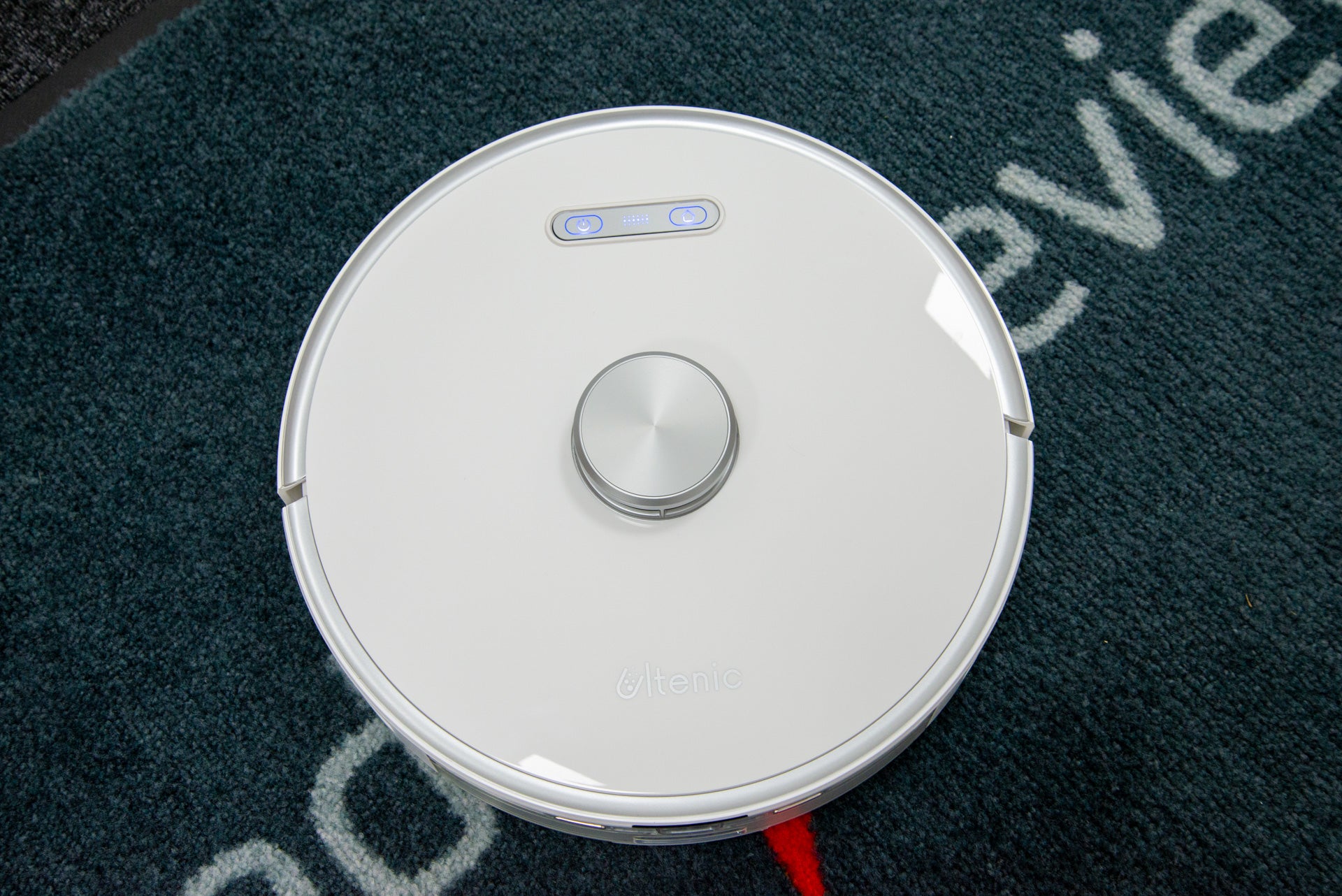
Flip the robot on its back and it’s a fairly standard layout, too: a single roller for agitating dirt on carpets and hard floors, plus a side-sweeper brush for moving dirt at the edges of rooms into the main suction path.
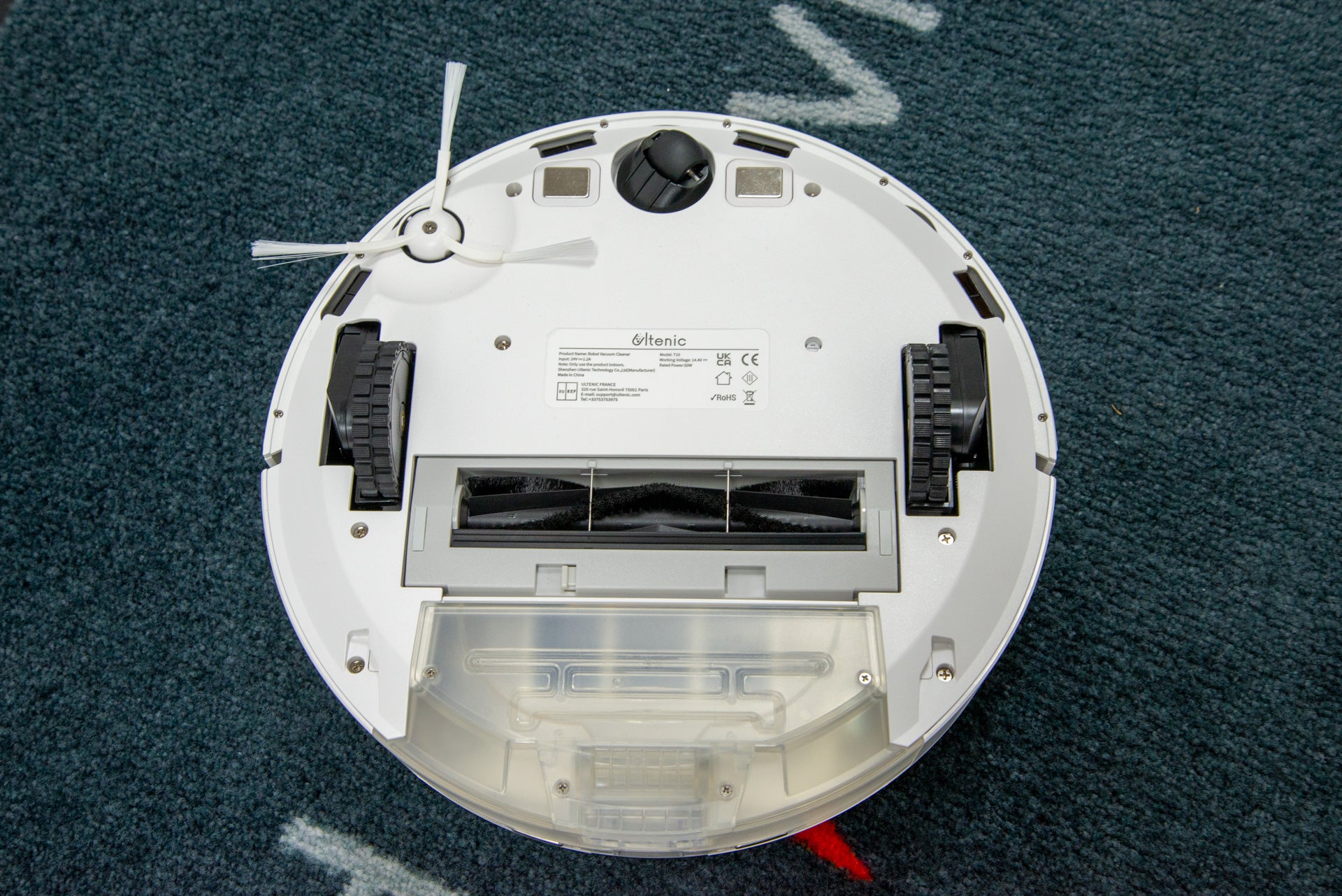
The Ultenic T10 has buttons on the front to start a clean and return to its dock, and there’s a physical remote, too, but it’s more useful when used in the app.
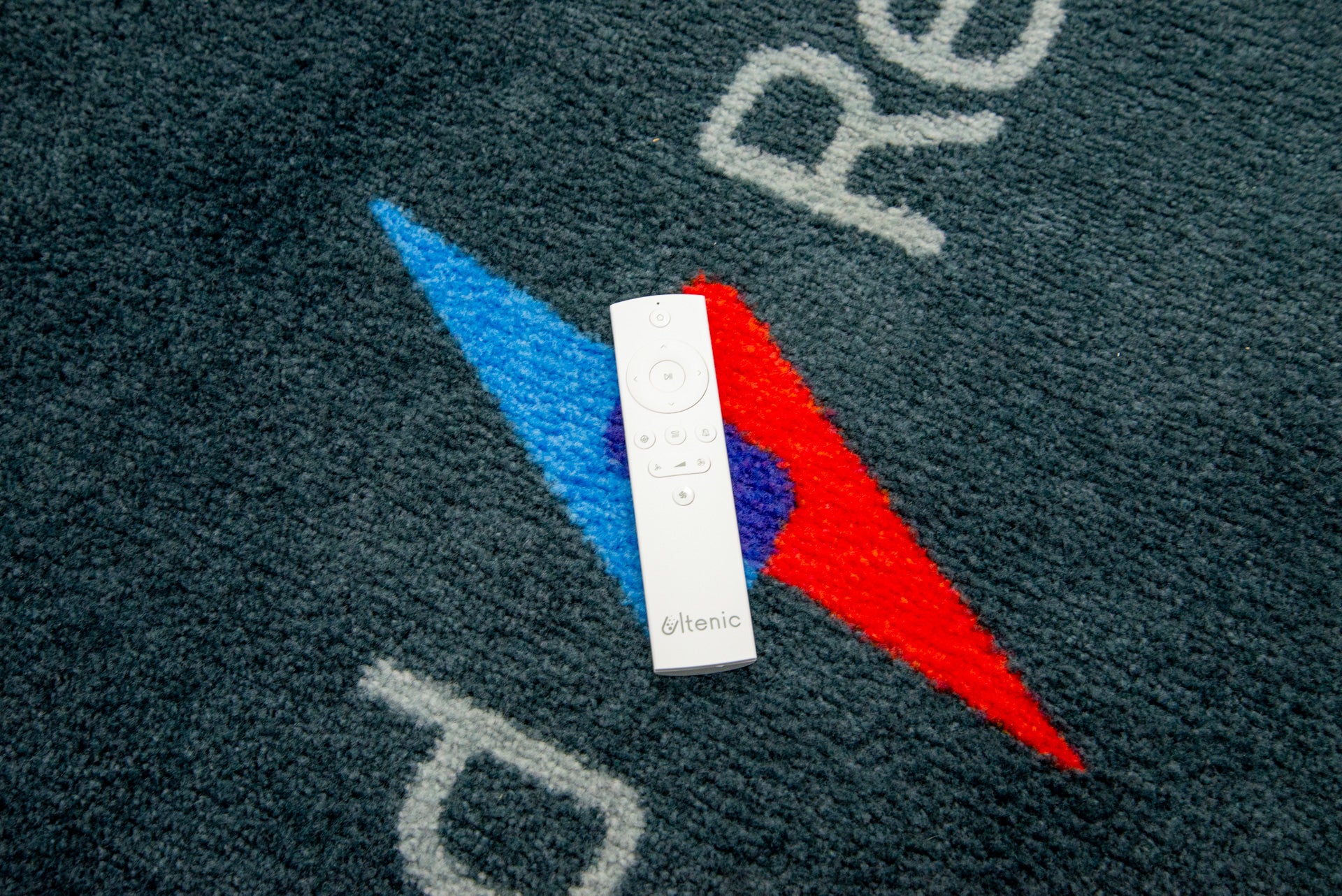
After first connecting, the robot should be sent on a cleaning run so that it can learn its surroundings. Once it has, a map can be managed and split into rooms, plus no-go areas (for vacuuming or just for mopping) can be added. Just one map can be stored.
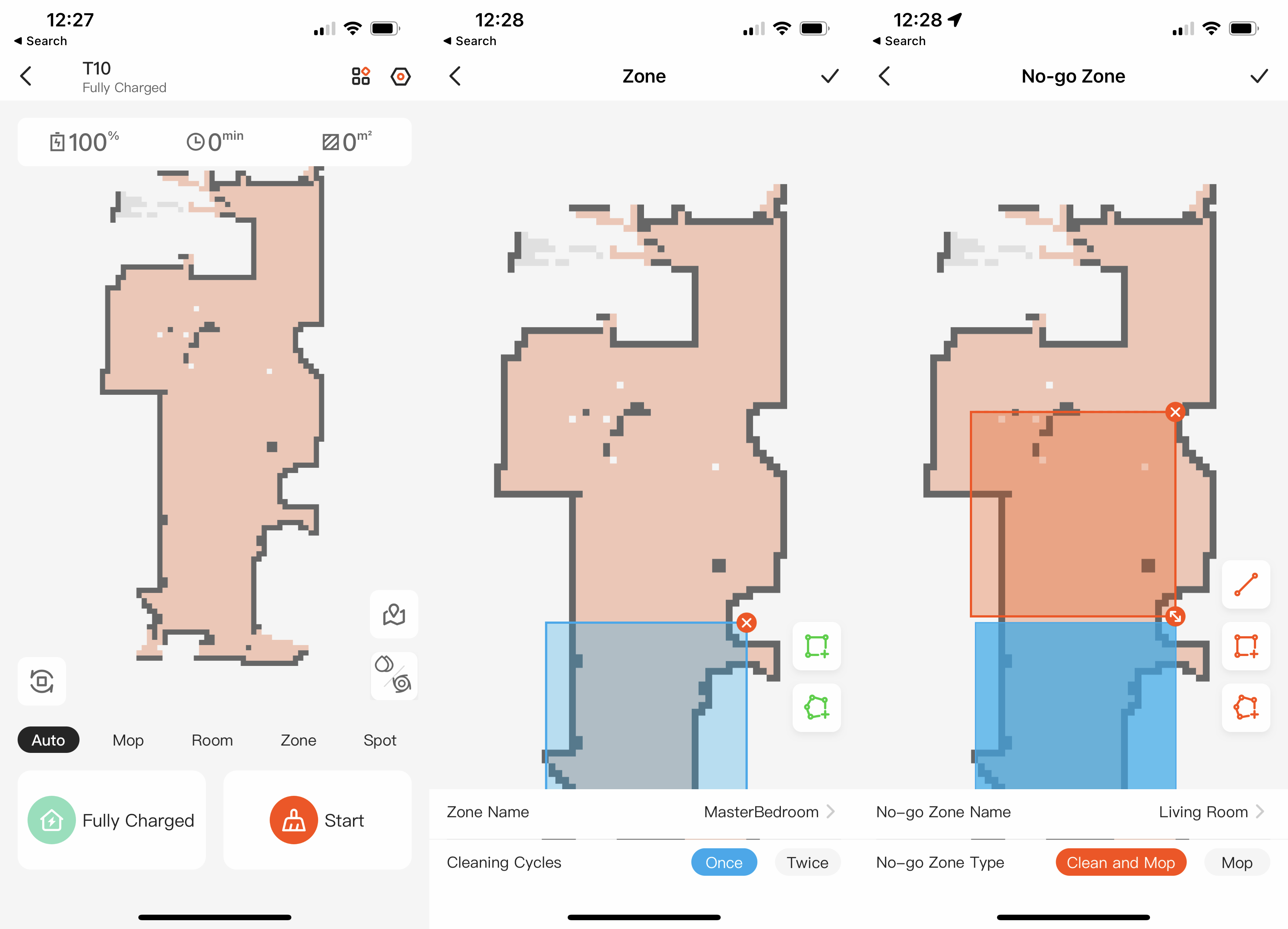
Although the T10 can adjust power automatically when it detects carpet, it won’t back off if it has the mopping pad attached. To prevent it soaking your carpets, no-mopping zones are essential.
Also, think about where you want to place this cleaner: it really needs to be on a hard floor if you want to use the mopping feature, as this model can’t lift its mop up to get over carpet in the same way that the Roborock S7 MaxV can do.
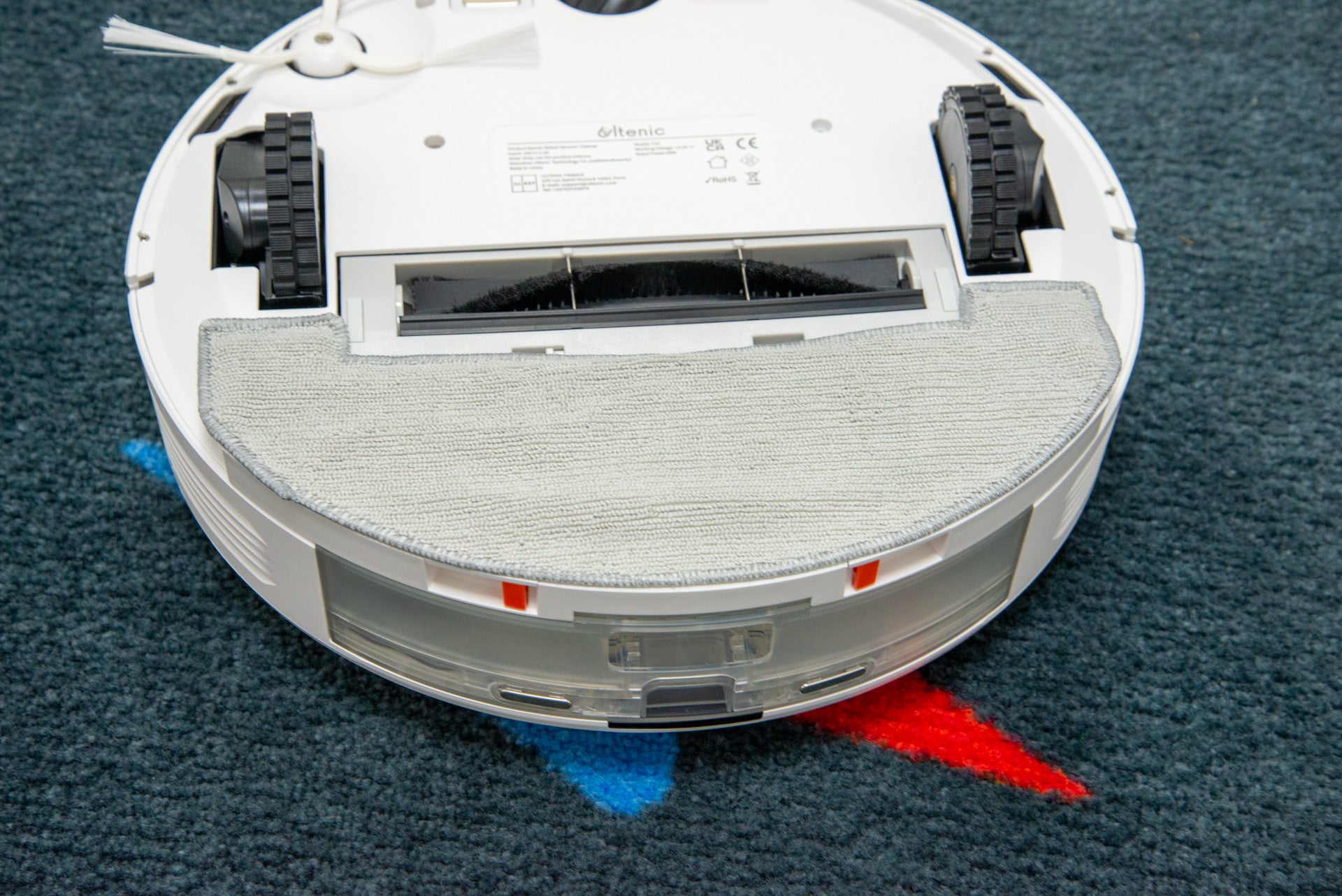
From the app, there’s a choice of four suction modes (all of which are unlabelled) and four water flow levels. I went with the maximum on both settings.
From the map screen, you can start a clean for the entire area, a room or zone, or use the spot clean feature to tackle one localised spill. There’s also a mop-only mode.
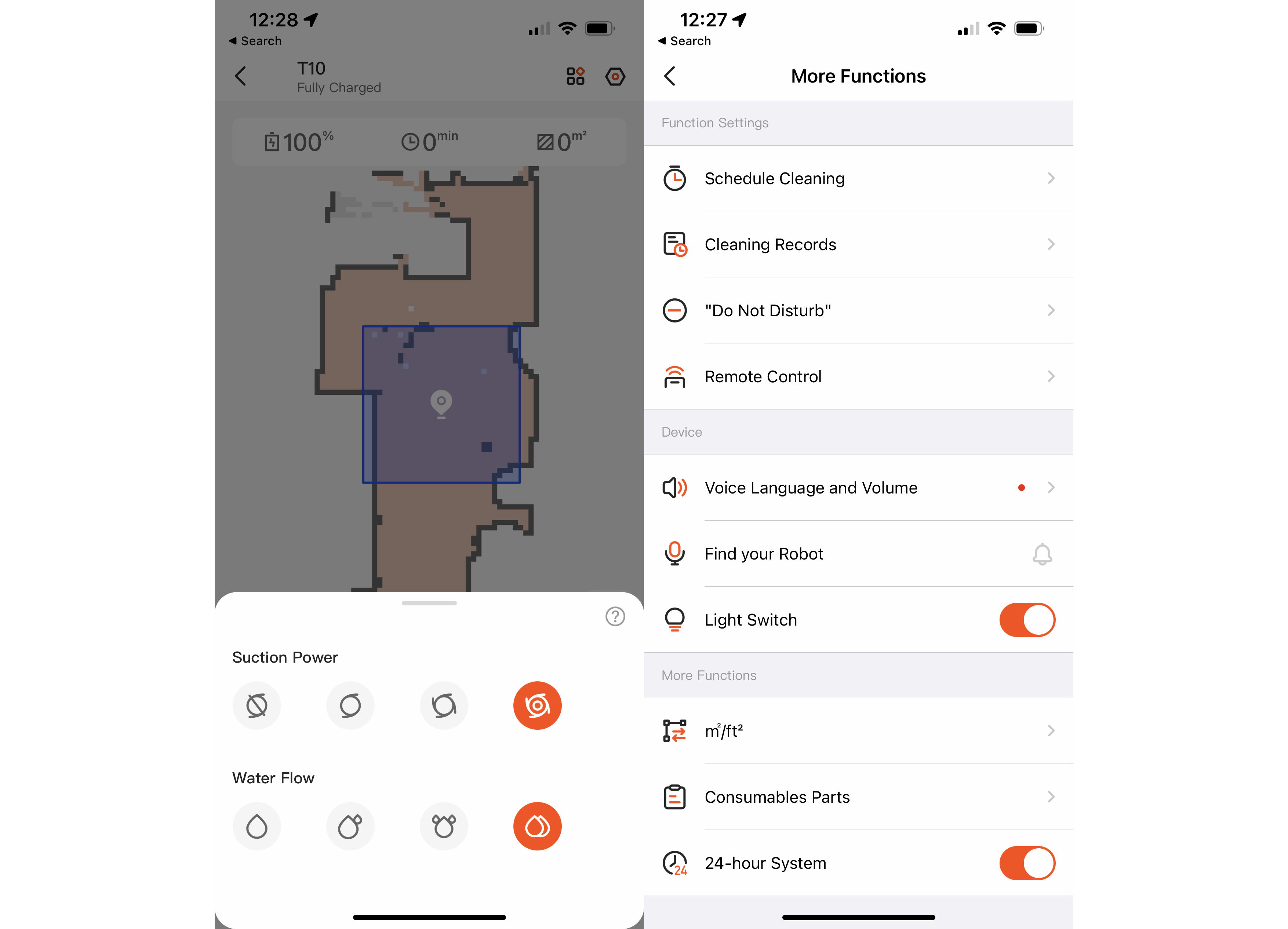
Amazon Alexa and Google Assistant modes are available. I found it easy to start and stop a clean, but I couldn’t get the robot to dock. In Alexa, the app let me change the mode to ‘Dock’ but trying to use a voice command to do the same thing just failed.
Performance
- Average cleaning performance on carpet
- Edge cleaning quite good
- Took some strange navigation options on hard floor
I put the Ultenic T10 through my normal set of tests. First, I started with the carpet test, sprinkling a teaspoon of flour onto the carpet. I gave the robot a chance to clean around on maximum power. At the end of its cleaning cycle, the T10 had left quite a chunk of the mess behind, and the robot couldn’t get the flour out of the fibres of the carpet.

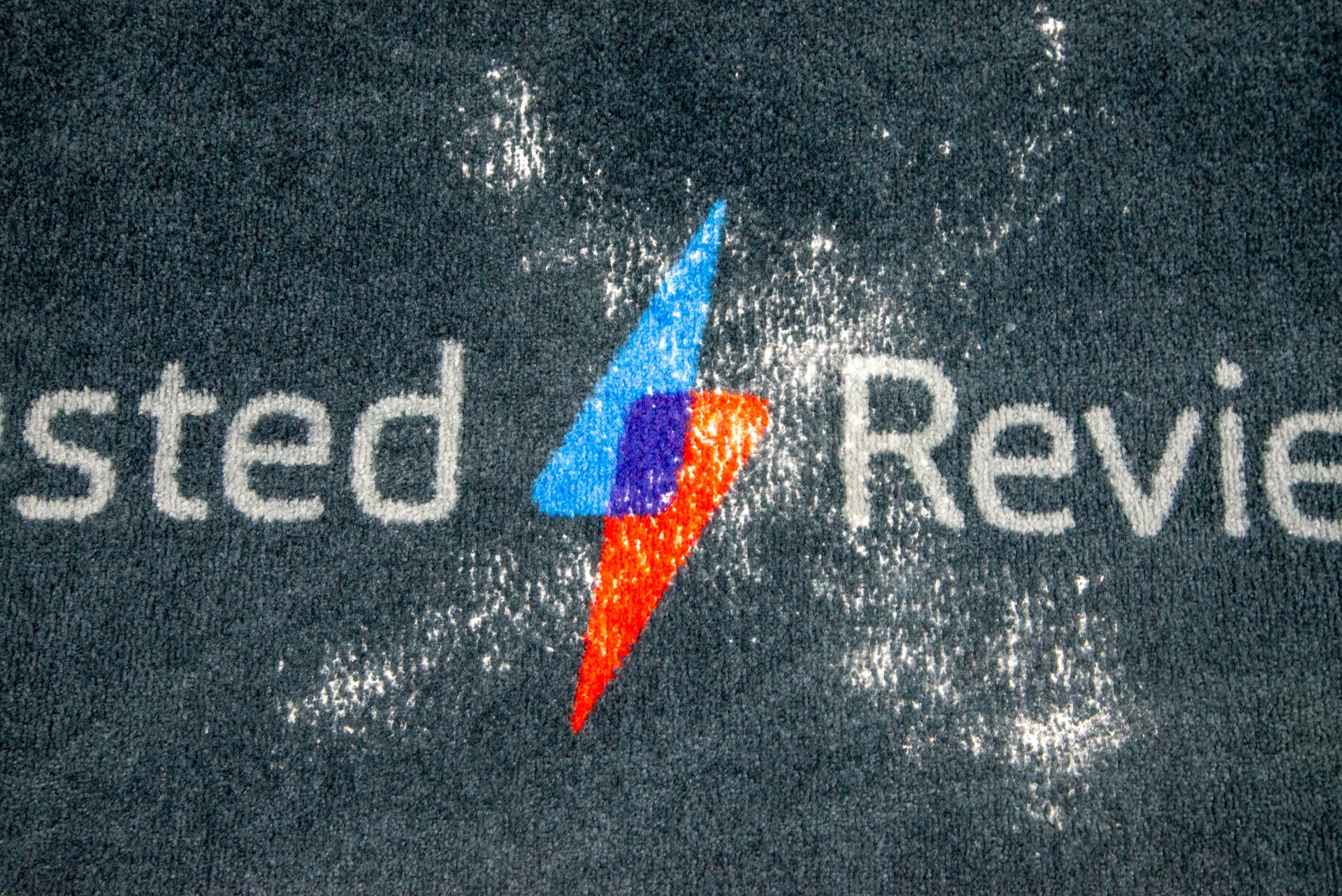
I gave it a second go, and the results were better, but there was still quite a bit of mess left behind, and this robot isn’t as powerful as much of the competition. The similarly-priced Yeedi Vac Max did better in this test.

Moving to the hard floor test, the Ultenic T10 took some strange navigation decisions. The robot seemed to split the room into two: as it got halfway up, it cut across my pile of dust and managed to avoid sucking it all up, leaving a clear line behind.
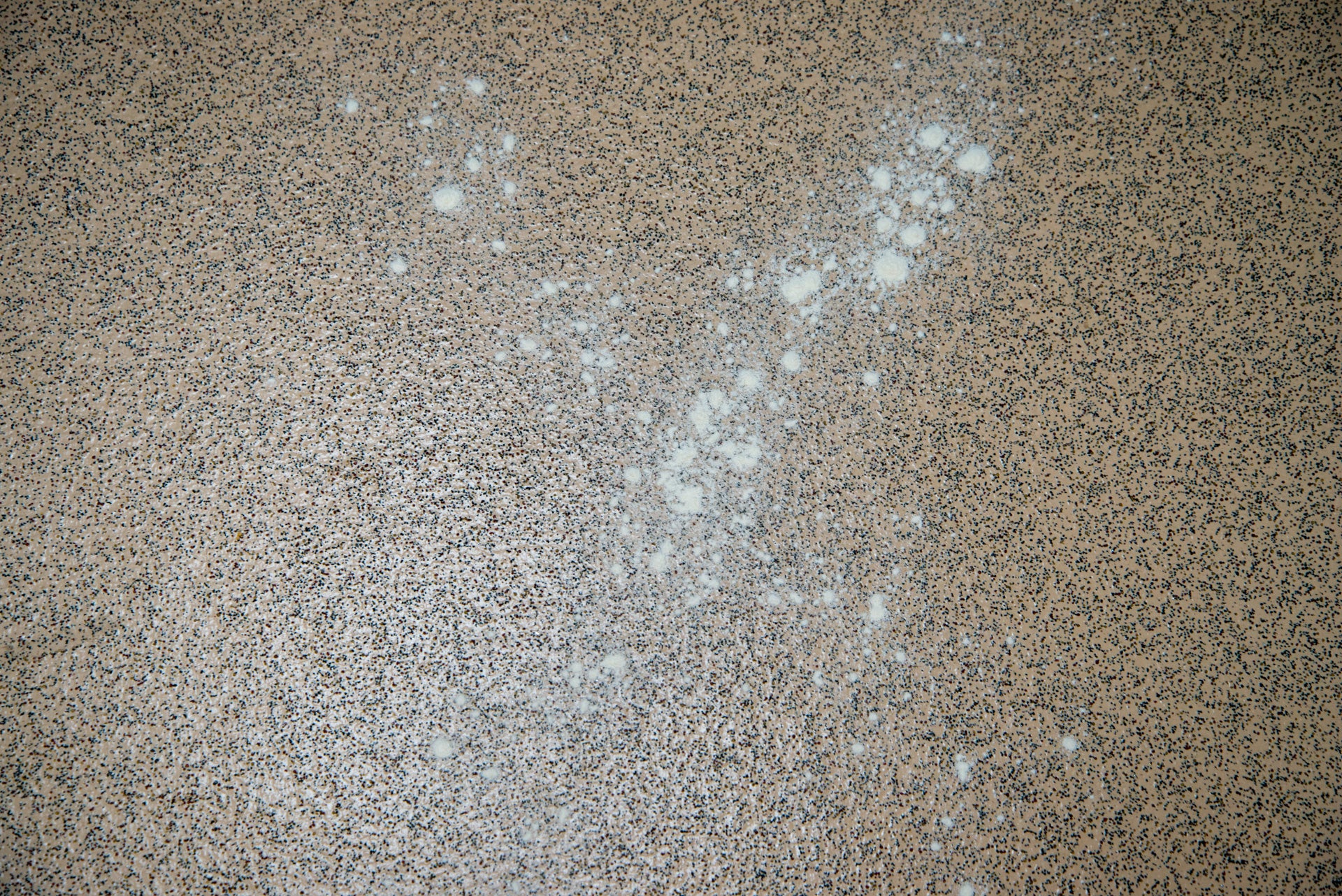
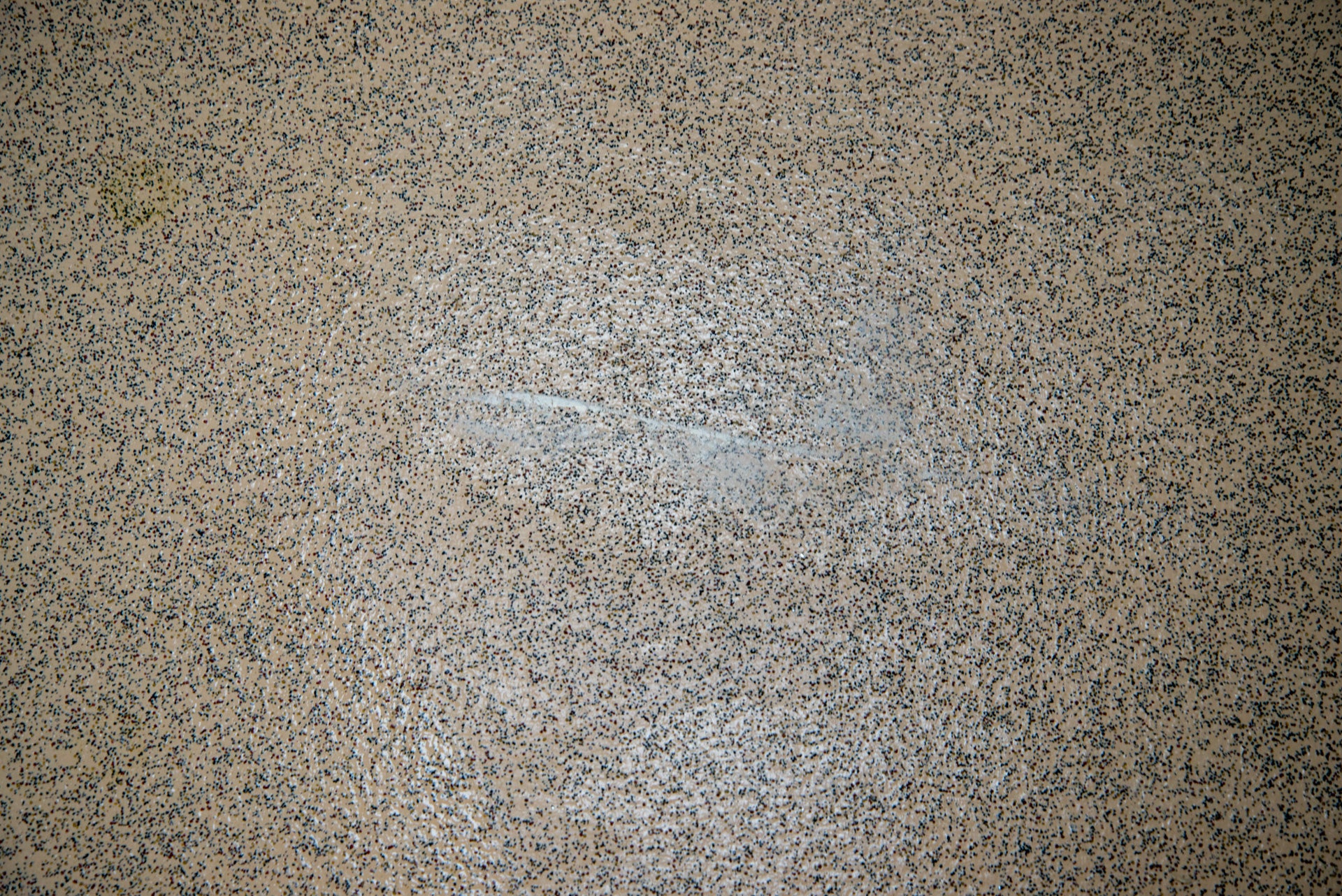
Edge performance wasn’t bad at all. Sure, there’s some mess right by the kitchen plinth, but the majority of the mess had been picked up; for regular spills, this vacuum cleaner will handle the job but, as with most robots, you’ll need to tackle edge cleaning yourself.
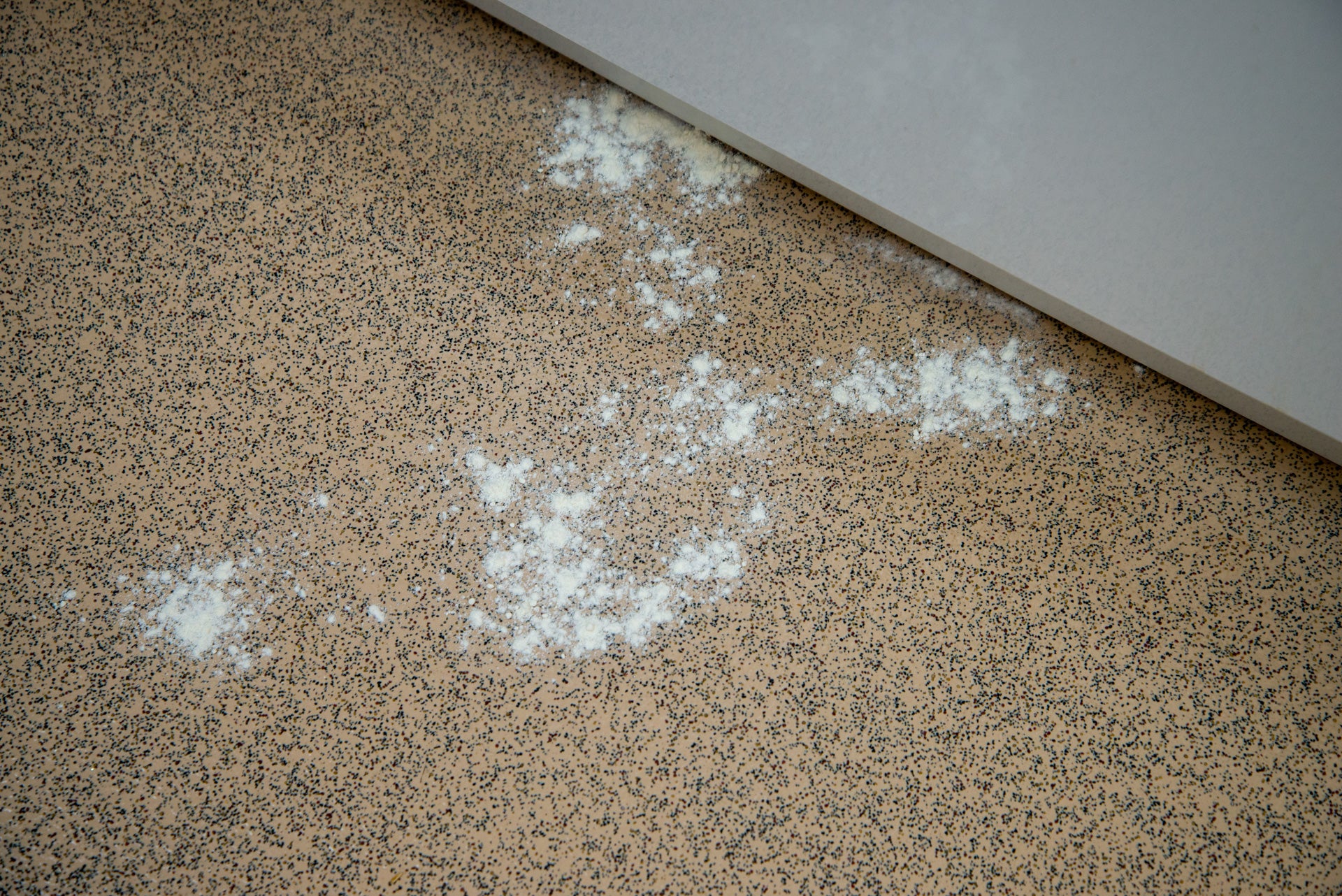
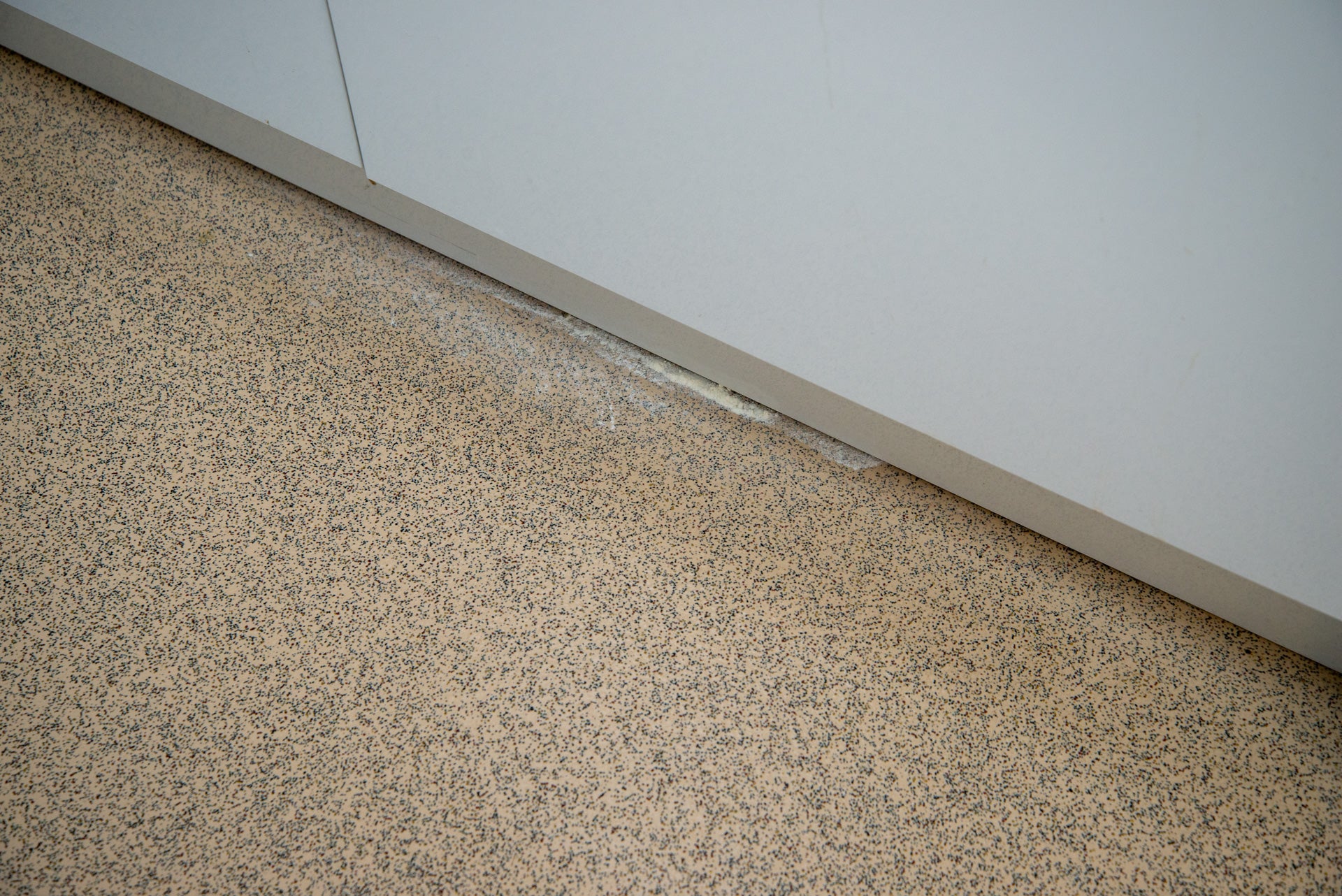
Although the robot can mop, it only pumps water onto its microfibre cloth. The result is that more gentle surface stains can be wiped up, but without any scrubbing action, deeper stains are left behind.
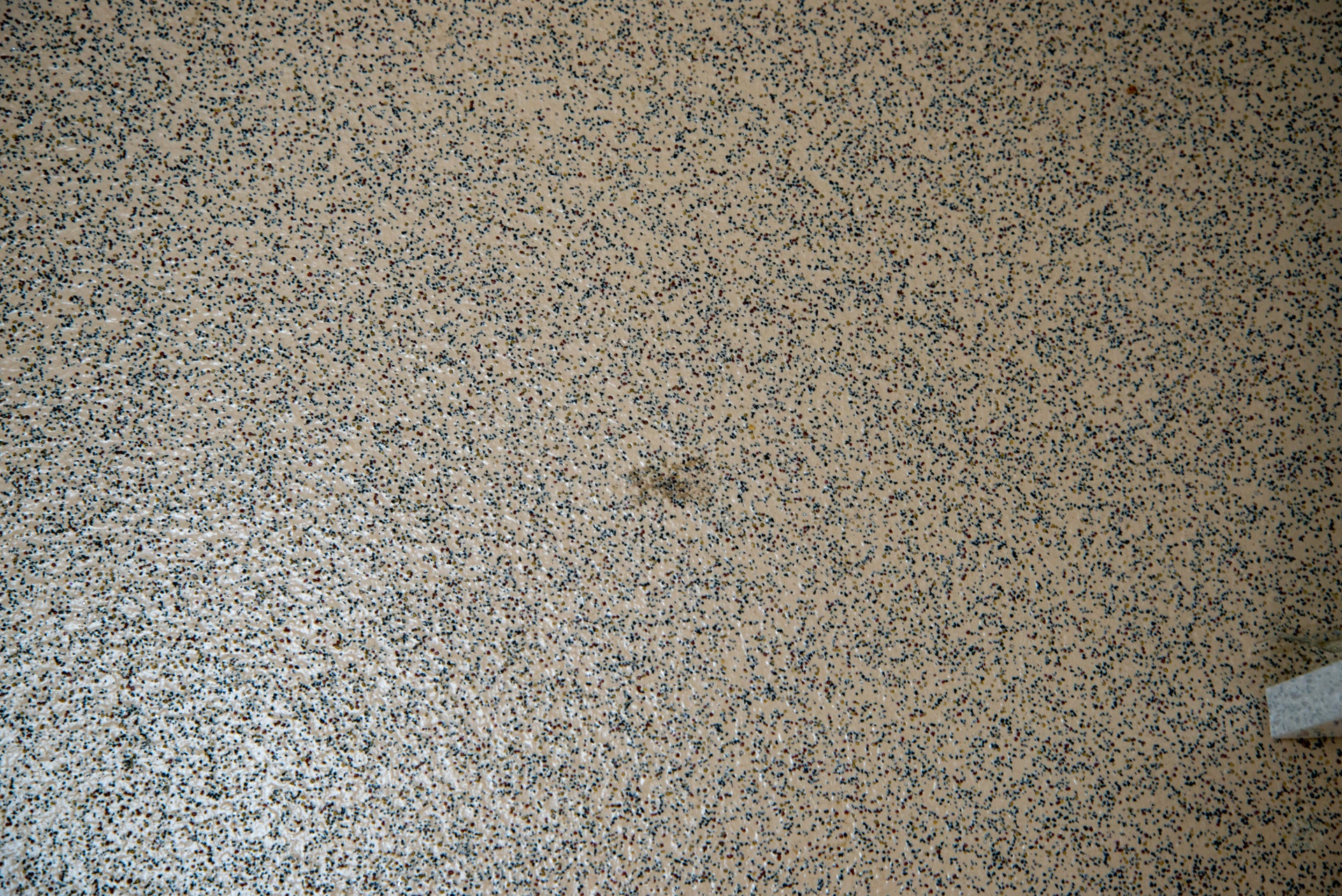
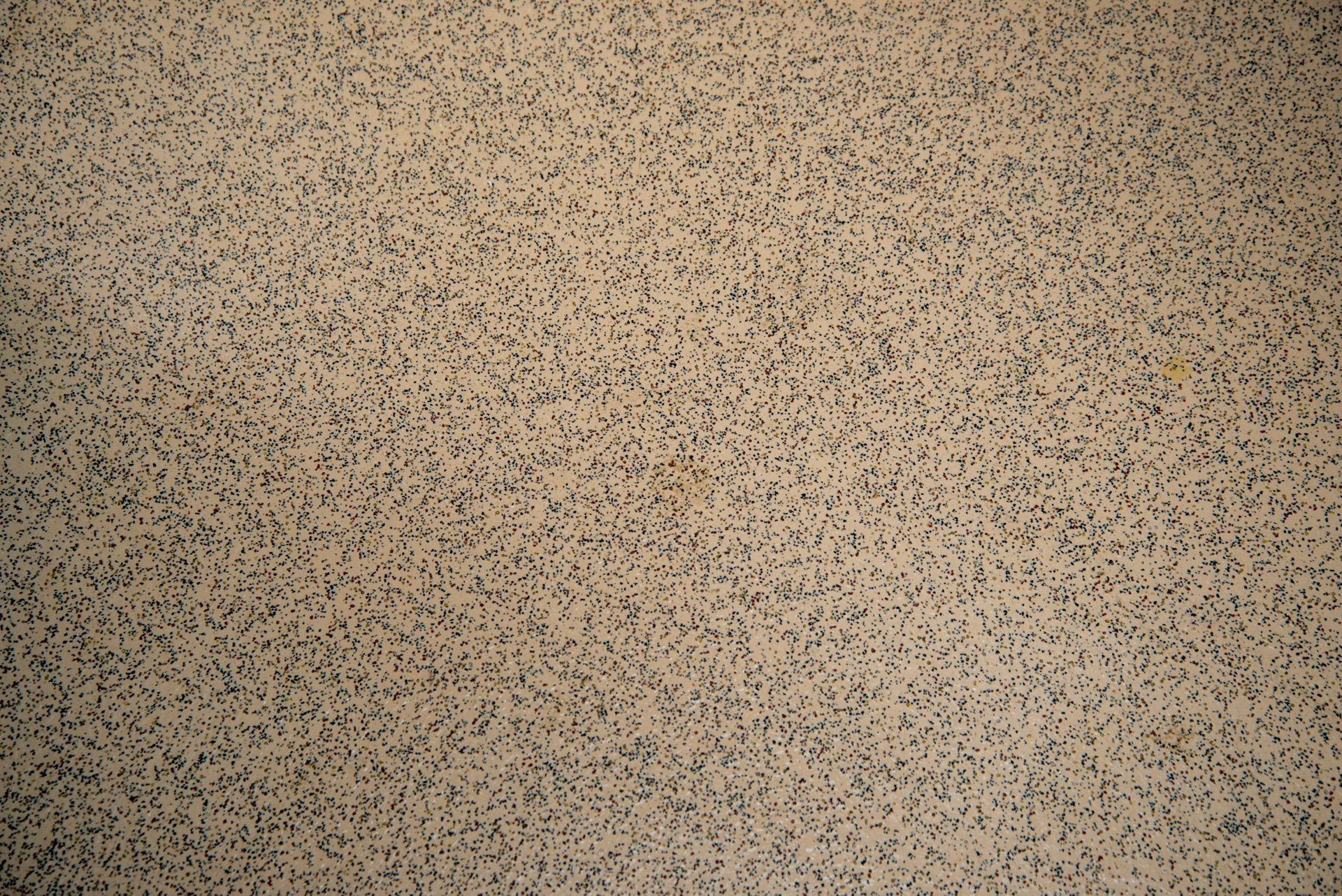
In terms of noise, I measured the vacuum cleaner at 69.5dB, which is about par for the course for robot vacuum cleaners. I could hear this robot cleaner, but I didn’t find it particularly annoying.
Battery life is good enough. As with the majority of robot vacuum cleaners that I’ve tested, there’s enough power to tackle a single floor of my home, leaving enough power left to give a second go or tackle spot cleaning.
Latest deals
Should you buy it?
If you want a low-cost robot that self-empties and has decent navigation, then this one is good for basic cleaning.
If you want a robot that can suck up deeper spills or one that can mop better you should look for an alternative.
Final Thoughts
From a pure specs and features point of view, the Ultenic T10 provides a lot in one package. The trouble is the competition is so good. For pure cleaning performance, the Yeedi Vac Max is better. If you want a robot that can mop better, then the Yeedi Mop Station Pro is much better. I’ve got alternative choices that do even more in my guide to the best robot vacuum cleaners.
How we test
Unlike other sites, we test every robot vacuum cleaner we review thoroughly over an extended period of time. We use industry standard tests to compare features properly. We’ll always tell you what we find. We never, ever, accept money to review a product.
Find out more about how we test in our ethics policy.
Used as our main robot vacuum cleaner for the review period
We test for at least a week
Tested with real-world dirt in real-world situations for fair comparisons with other vacuum cleaners
FAQs
No, this robot vacuum cleaner can store one map only.
It does for the purpose of increasing power automatically, but the robot will mop any carpet it detects unless you add a no-mop zone.

